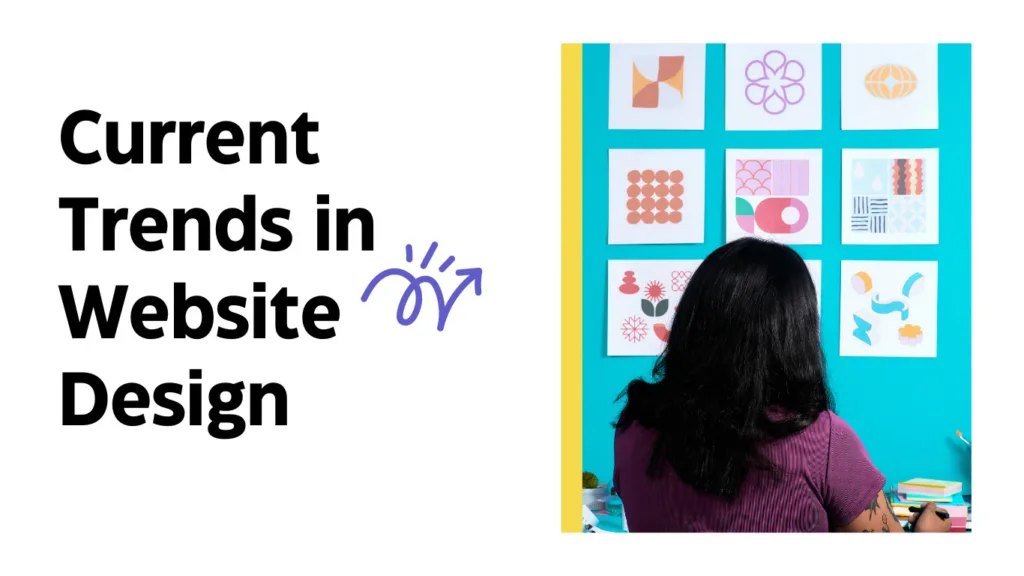
It may sound obvious in the digital age but it is very important that a website is truly optimized for portable devices. Doing this guarantees a pristine user experience and may contribute towards better SEO rankings, conversion rates; even as more people access the internet using phones and tablets. Here are some effective techniques for mobile optimization:
1. Tests for Responsive Design:
The fundamentals of mobile optimization lies within responsive design, which makes sure that your site fits perfectly well into any screen size resolution or type so as not only to offer clean user experiences across all platforms but also save time spent in reformatting them.
Responsive Design Benefits:
- Uniformity: It has the same appearance and performance across all devices.
- SEO: Google loves these types of websites thus they help improve their search rankings.
- User Experience: Enhances usability by reducing the bounce rates.
Together with CSS media queries, utilize fluid images, and flexible grids. When doing this, you would have a way of letting the system change your layout depending on how big the screen which accesses it is.
2. Optimize Loading Speed
Website loading speed is among the main factors important to both the users and those running search engines. In some cases, people on mobile devices are forced to rely on slower internet connections when compared with users who are on desktop computers, which emphasizes the importance of speed optimization.
Tips for Improving Loading Speed
- Compress Images: Make use of the online tool, which is called TinyPNG, to decrease large image file sizes while keeping them adequately clear and crisp.
- Minimize HTTP Requests: Instead of sending each file separately, a combination of various files like CSS and javascript will only be sent once to reduce the number of HTTP requests.
- Enable Browser Caching: One of the ways to do that is by storing some of the website’s data locally onto the visitors’ devices so that the next time they access the site, it will be faster.
- Use a Content Delivery Network (CDN): Represent your website on multiple machines so that even if one of them is not functioning well, at least the others would be able to bring the information to the end-users.
3. Simplify Navigation
When using mobile devices, people’s behavior is quite another story. The best way to help a user gain the most relevant information is to enable a prominent, clear, and simple navigation.
Navigation Best Practices
- Hamburger Menu: At the expense of providing shorter phrases. Visually, this is still the best method to create an ease in the visual orientation of a user as the sliding aspect is easy to understand.
- Prioritize Content: It ensures that the majority of the important details are easily attainable.
- Clickable Elements: Provide buttons and links users can easily click or tap on.
4. Optimize Touchscreen Interactions
Prepare for touch screen interaction of your website. This means making the elements users interact with directly better optimized.
Considerations for Touchscreen Optimization
- Button Size:Make sure the buttons are big enough, ideally it should be 44×44 pixels or more, so the users can tap the button comfortably.
- Spacing:Always put a distance between the items to avoid unintentional clicks that occur from improper touch interfaces.
- Gestures:Be sure to provide popular gestures that are widely recognized and useful for guiding the user on touchscreens.
5. Enhance Readability
Text readability is important for the user who visits a mobile-friendly website. Also, guarantee that your content can be quickly skimmed on the phone screen.
Text Optimization Tips
- Font Size: 16 pixels should be the smallest font size you will use for mobile view.
- Line Height: Enhancing line height is a technique to improve readability.
- Contrast: Make sure the text is legibly contrasting with the background color.
6. Use Mobile-Friendly Forms
Forms are often used to collect user input on websites. A good form design for mobiles can lead to a big success in user experience.
Mobile Form Optimization
- Simple Layout: Use a single-column layout.
- Auto-Fill: By auto-filling the forms will save the user a great lot of time.
- Label Placement: Prefer placing the labels above the form fields to ensure better visibility.
- Input Types:Use appropriate input types (e.g., email, phone) to trigger the right keyboard on mobile devices.
7. Implement Accelerated Mobile Pages (AMP)
Mobile pages are now built for ensuring enhanced speed and loading effortlessly with Accelerated Mobile Pages (AM).
The AMP framework is intended for the web platform to load pages faster on mobile devices, and is an optimized system for devices without the use of ads. Using AMP can be a quick way to increase your website’s performance and the quality of mobile user experience is higher.
Benefits of AMP
- Speed: AMP pages load much faster, thus the bounce rates decline.
- SEO: GeForce AMP pages are displayed first in the search results by the specialists of the AMP pages.
- Engagement: Better presentations affect the rise of user engagement.
8. Test and Iterate
Persistently testing and iterating are the backbone of mobile-friendly website operations. Constantly, examine your site on different devices and screen sizes to detect and resolve any problems.
Testing Tools
- Google Mobile-Friendly Test: A tool to check if your site is compatible with Google’s mobile search engine.
- Browser Developer Tools: Resources such as Chrome Devtools for verifying the responsiveness of the site can be used.
Conclusion
The elaboration of the website as such depends on the mobile device users, not a matter of choice but a must. Those smaller screens are getting the attention of the first Ultra-Rexit designers, the ones that can do the numbers that are best. Even landscape users will be trying out cell phones, and therefore all the others have to allow them to take all the stuff they need with them, and they also maybe like different kinds of things. Respect these recommendations and be sure that your website is up and running and easy to use devices.





